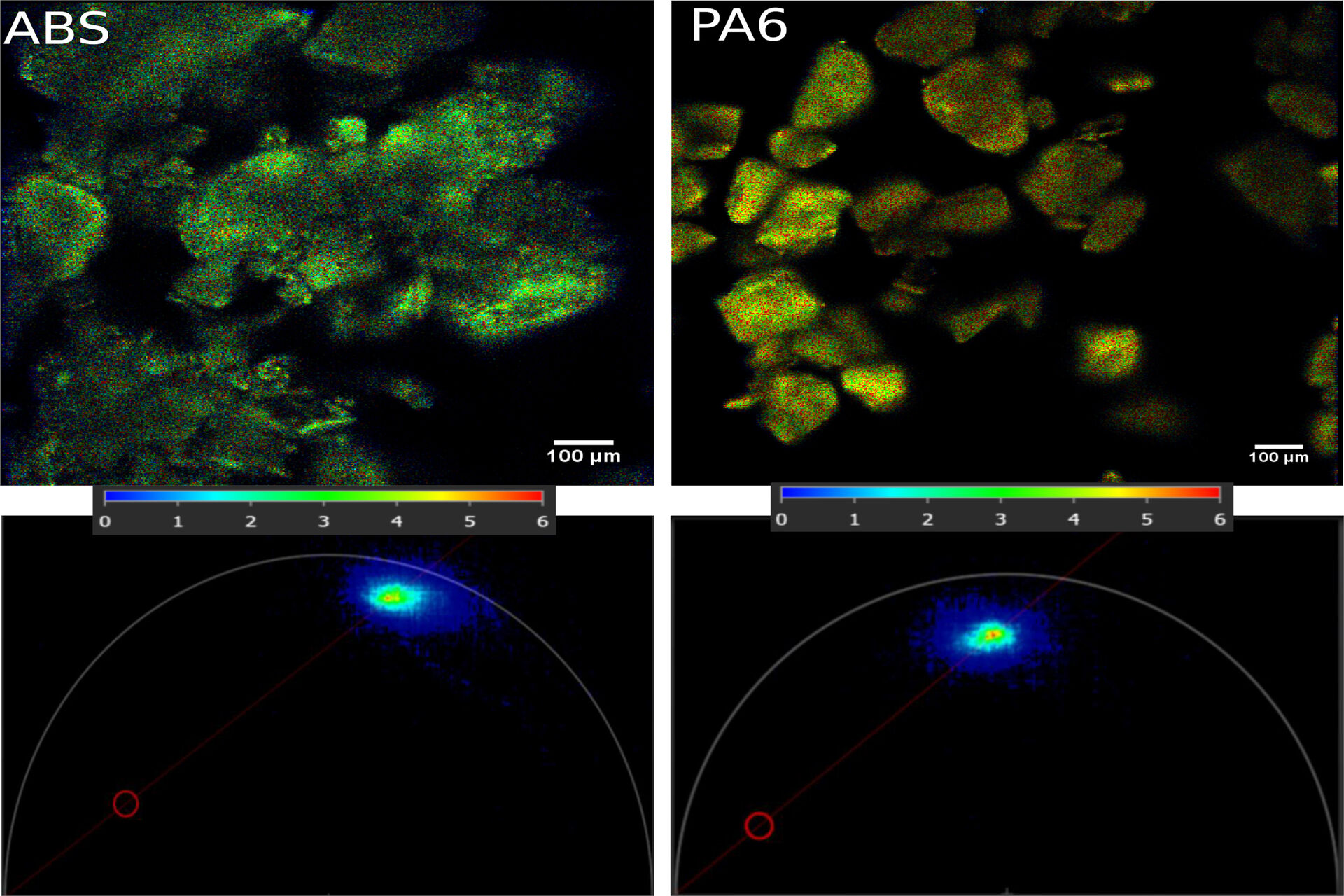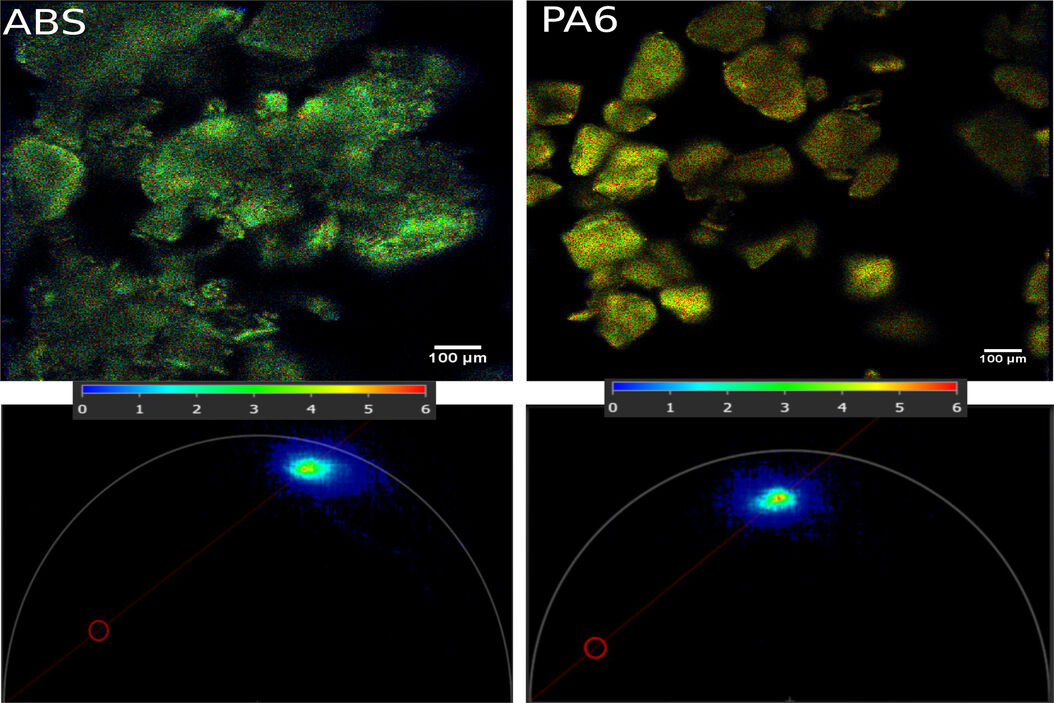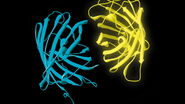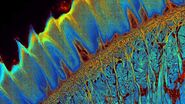Phasor analysis for fluorescence lifetime imaging microscopy (FLIM) is a powerful and fitting-free tool that provides a 2D graphical assessment of pixel-accurate lifetime distributions in a sample image. In biology and biomedical research, this tool is used in a variety of applications, such as protein-protein interactions, signaling events in cells, or to distinguish spectrally overlapping fluorophores. In this study, we show that phasor analysis is also suitable for the identification and differentiation of anthropogenic materials, such as autofluorescent microplastics. With this method a label-free, fast, and sensitive identification and differentiation of the fluorescence, lifetime populations can be established. This study also shows the possibility of visualizing variations in fluorescence lifetimes, depending on external parameters like incubation at high temperatures.






